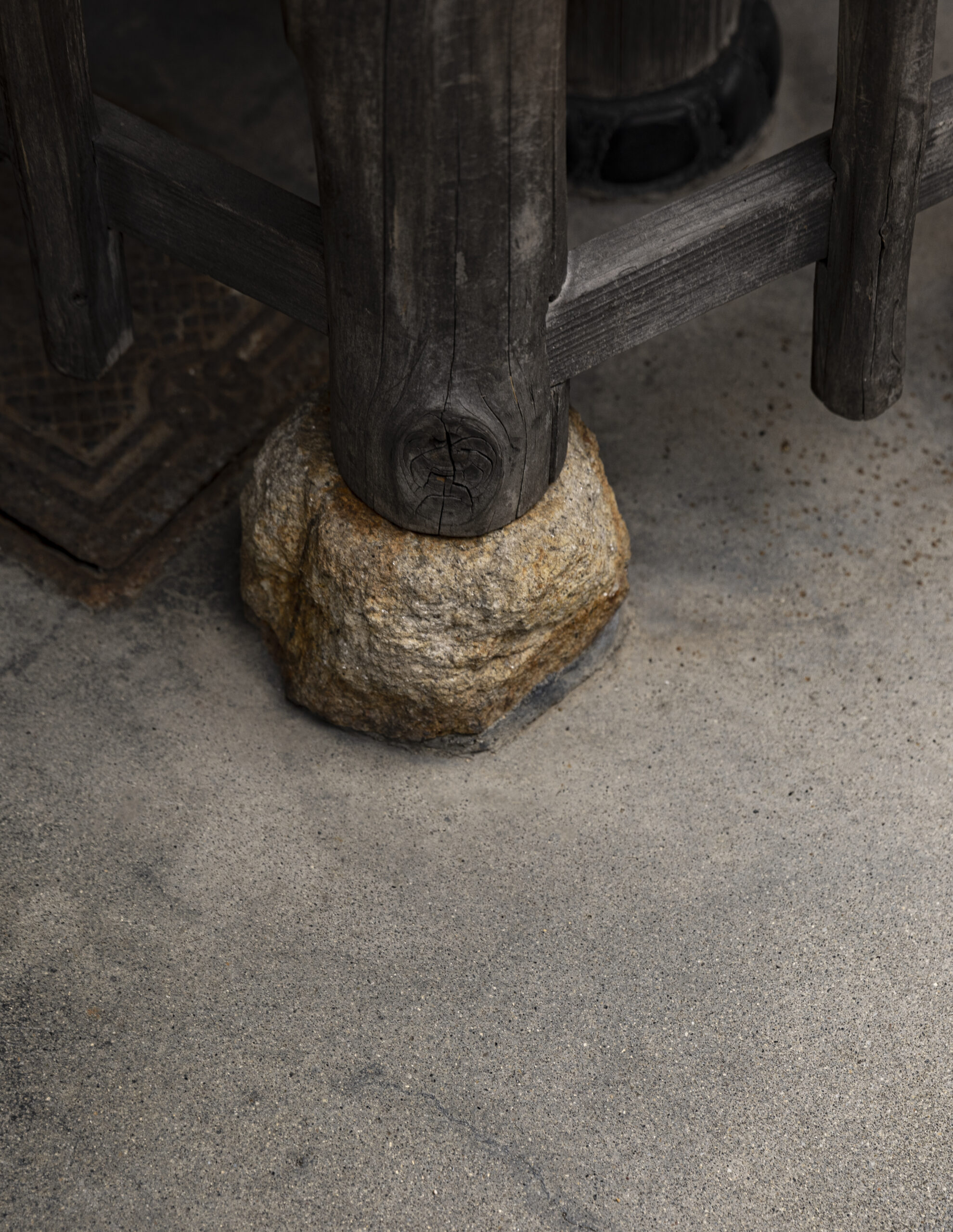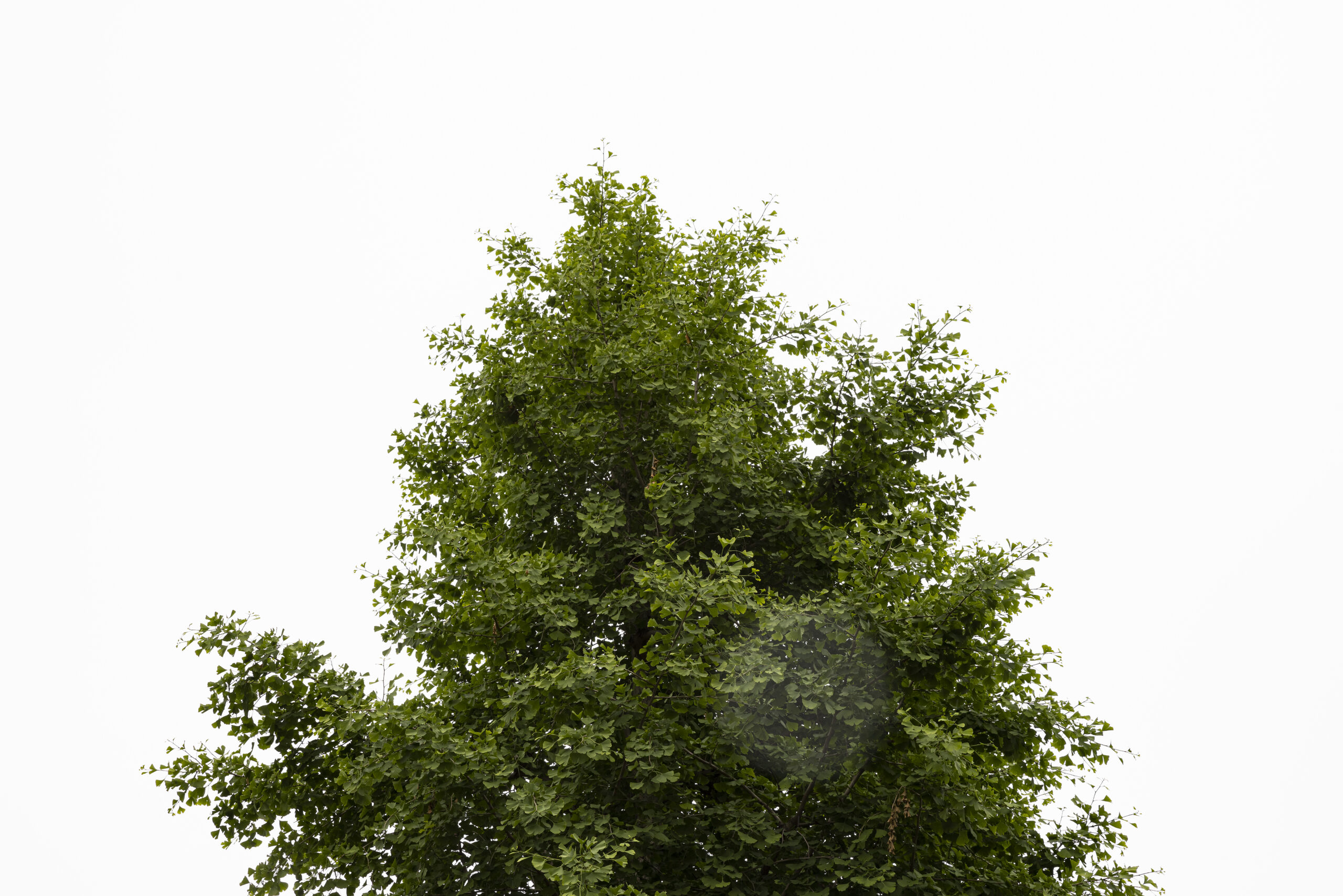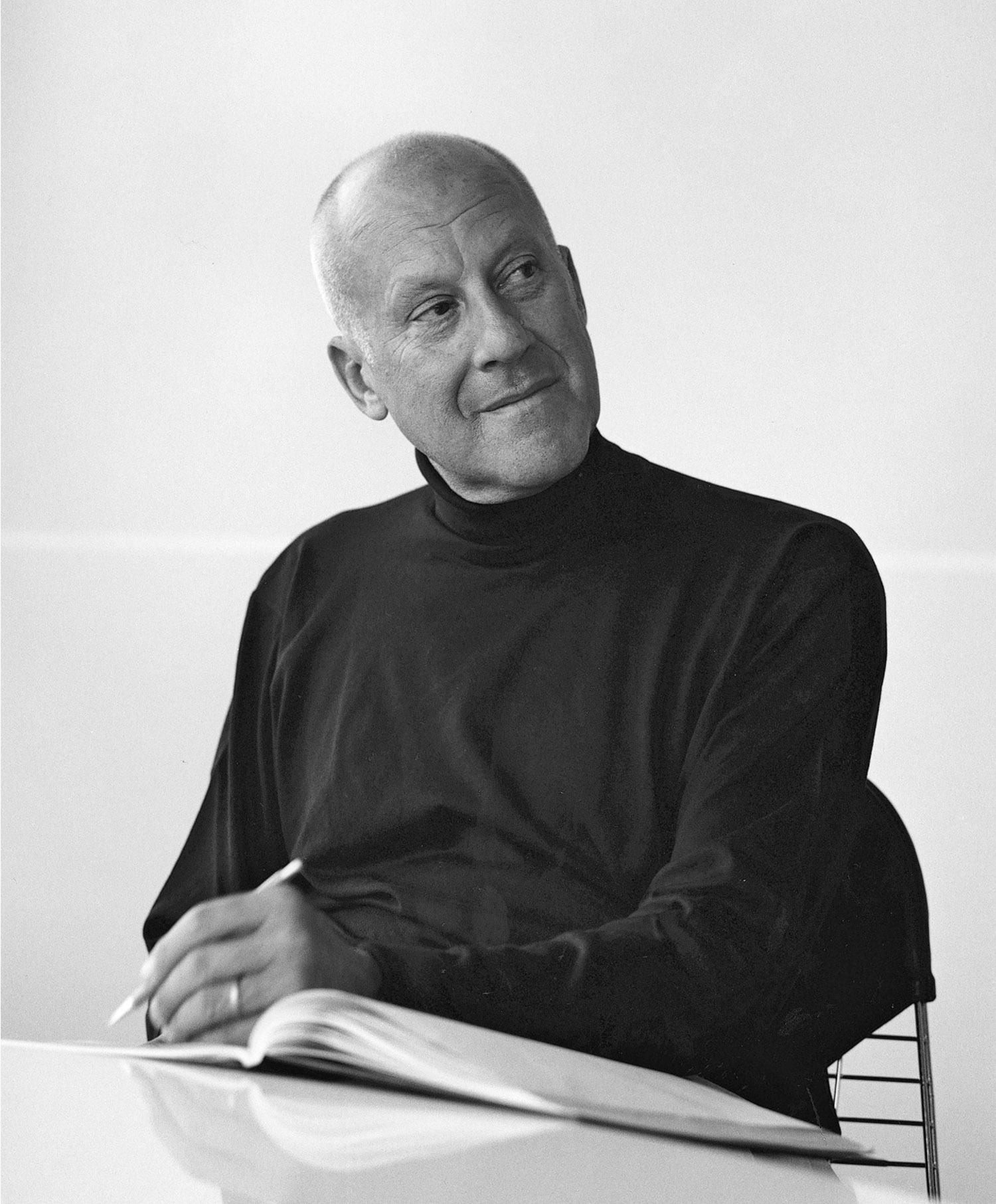
The lessons from the past were my travels as a student which were hugely influential on my later career as an architect. These were funded by scholarships for which I was, and still am, grateful.
When I won the Pritzker Prize in 1999, my wife suggested that the prize money should be the start of a Foundation in my name that, in the first instance, would fund a travel scholarship programme. This was initiated with the Royal Society of British Architects and predates the public launch of the Norman Foster Foundation (NFF) in 2017.
The present activities and future aspirations of the Foundation are to further the education and influence of those who will, as future leaders, be concerned with our urban environment. This embraces infrastructure, buildings, energy, agriculture and the movement of people, goods and information
Whether it is at the scale of a city, town, or village the quality of urban life is largely determined by the infrastructure of the connections, public spaces, squares, boulevards, streets, bridges, parks, and transportation - this is the urban glue that binds the individual buildings together. Its creation involves all of the disciplines mentioned as well as engineering. There is no question that the incorporation of art and landscaping in the public domain, like art within the interior spaces of a building, enriches the lives of all those who use and experience such spaces.
That in facing the challenges of climate change and population growth the built environment becomes greener, cleaner, safer, and more enjoyable.
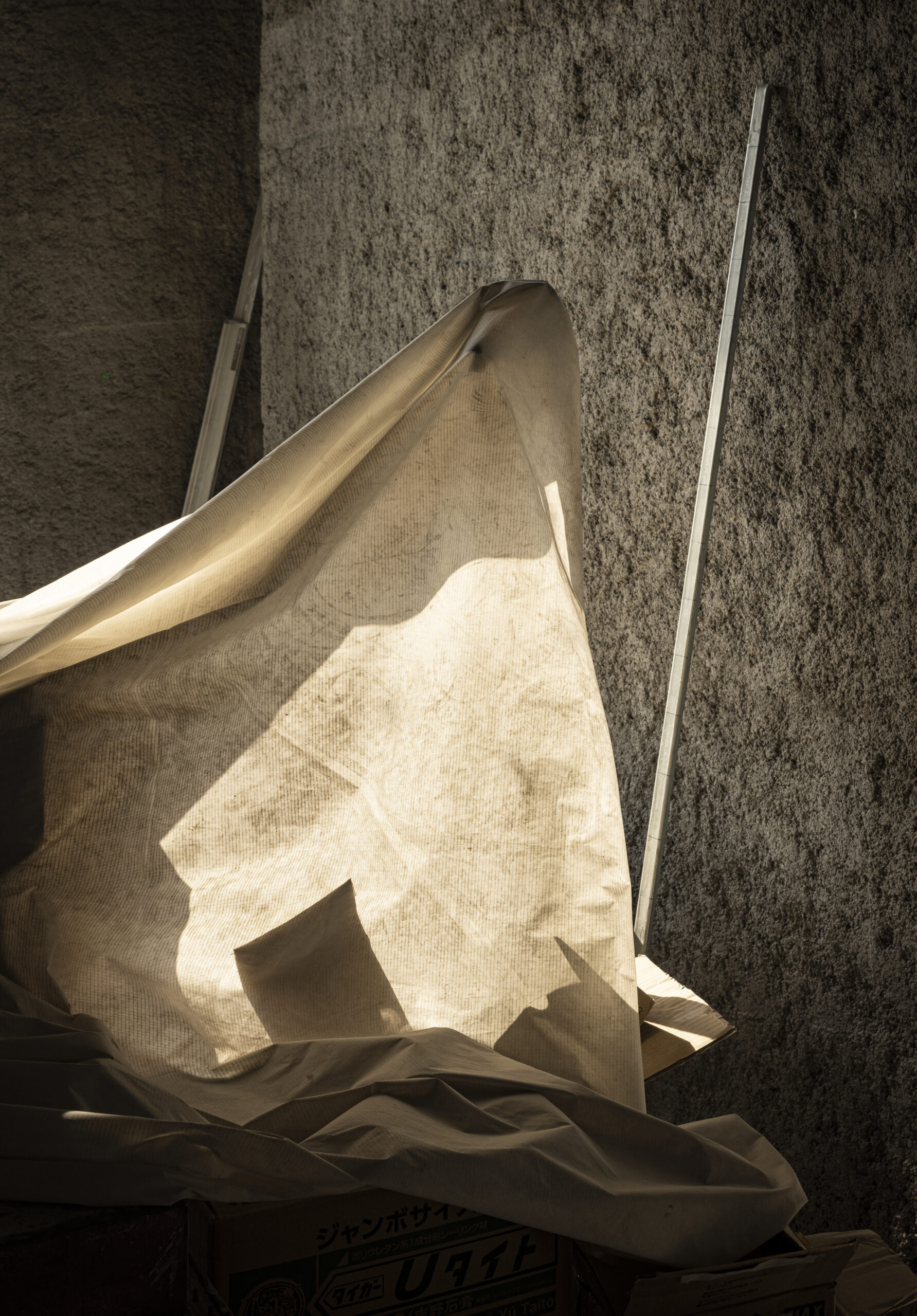
Q&A
In 1967 and the early years of the practice, we were pioneering with spaces for work and living that emphasised the social dimension, worked with nature and consumed less energy with built-in flexibility for change. At that time, they were the exception - today they are more mainstream.
From the outset we practised a green agenda - even though those words were yet to be equated with sustainability, to that extent, we were ahead of our times.
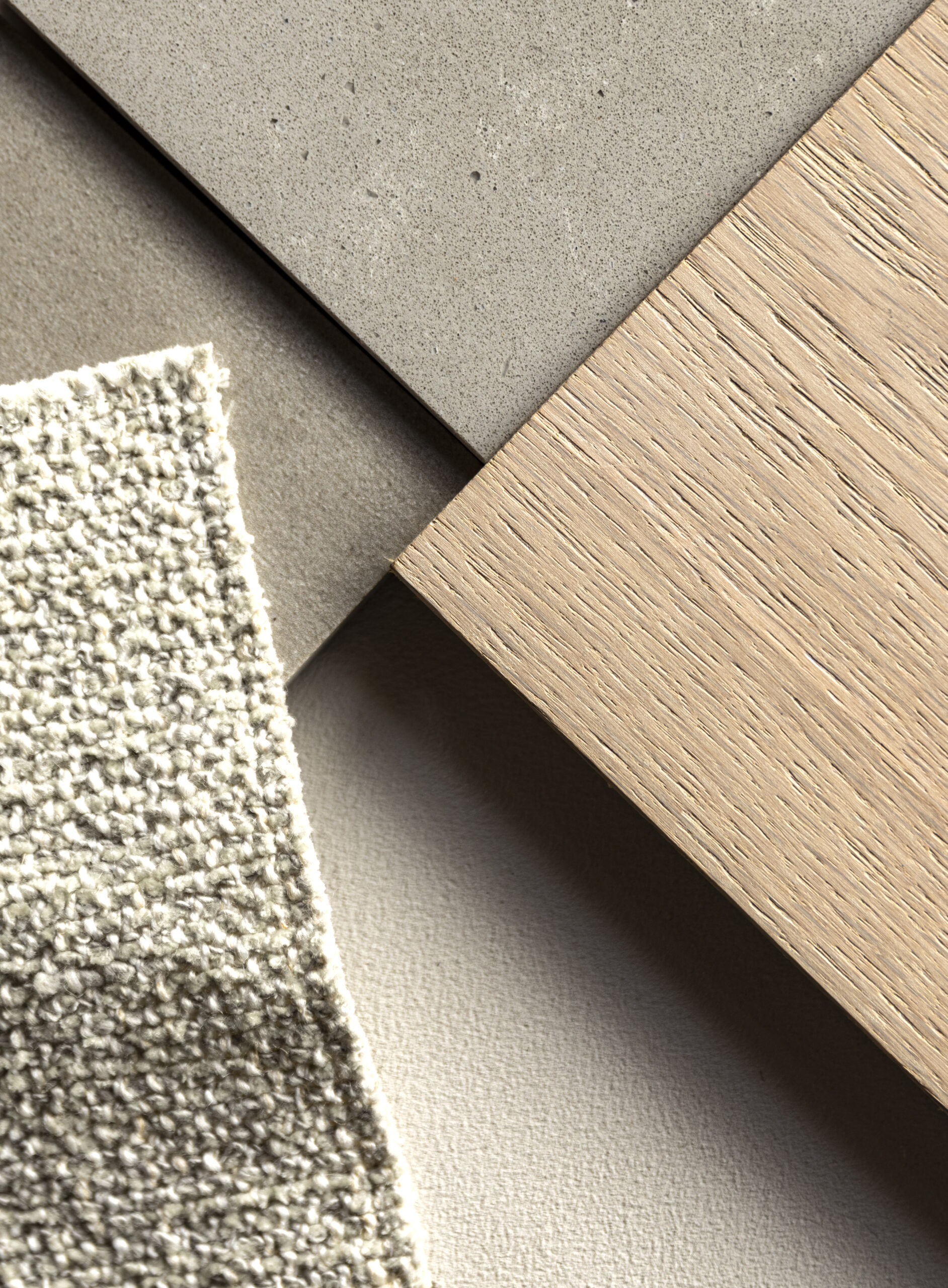
To listen, to question, to research, to challenge, to respond with the process of design as a quest to improve the quality of life for all who are involved. To answer not just the material needs but the spiritual - to bring some joy, beauty, light and nature into our lives - to lift the spirits.
When we started to think about what type of furniture could best fit in the spaces created in a home, we realised that there was no single specific collection in existence that could be used for the different uses in different rooms, so I decided to develop a bespoke family of furniture. Timber was a natural choice to match spirit of the building and Karimoku Case, with its proven record of beautifully crafting and detailing wood for furniture, was an obvious partner.

Q&A
In 1967 and the early years of the practice, we were pioneering with spaces for work and living that emphasised the social dimension, worked with nature and consumed less energy with built-in flexibility for change. At that time, they were the exception - today they are more mainstream.
From the outset we practised a green agenda - even though those words were yet to be equated with sustainability, to that extent, we were ahead of our times.
The lessons from the past were my travels as a student which were hugely influential on my later career as an architect. These were funded by scholarships for which I was, and still am, grateful.
When I won the Pritzker Prize in 1999, my wife suggested that the prize money should be the start of a Foundation in my name that, in the first instance, would fund a travel scholarship programme. This was initiated with the Royal Society of British Architects and predates the public launch of the Norman Foster Foundation (NFF) in 2017.
The present activities and future aspirations of the Foundation are to further the education and influence of those who will, as future leaders, be concerned with our urban environment. This embraces infrastructure, buildings, energy, agriculture and the movement of people, goods and information
Whether it is at the scale of a city, town, or village the quality of urban life is largely determined by the infrastructure of the connections, public spaces, squares, boulevards, streets, bridges, parks, and transportation - this is the urban glue that binds the individual buildings together. Its creation involves all of the disciplines mentioned as well as engineering. There is no question that the incorporation of art and landscaping in the public domain, like art within the interior spaces of a building, enriches the lives of all those who use and experience such spaces.
That in facing the challenges of climate change and population growth the built environment becomes greener, cleaner, safer, and more enjoyable.


To listen, to question, to research, to challenge, to respond with the process of design as a quest to improve the quality of life for all who are involved. To answer not just the material needs but the spiritual - to bring some joy, beauty, light and nature into our lives - to lift the spirits.
When we started to think about what type of furniture could best fit in the spaces created in a home, we realised that there was no single specific collection in existence that could be used for the different uses in different rooms, so I decided to develop a bespoke family of furniture. Timber was a natural choice to match spirit of the building and Karimoku Case, with its proven record of beautifully crafting and detailing wood for furniture, was an obvious partner.
